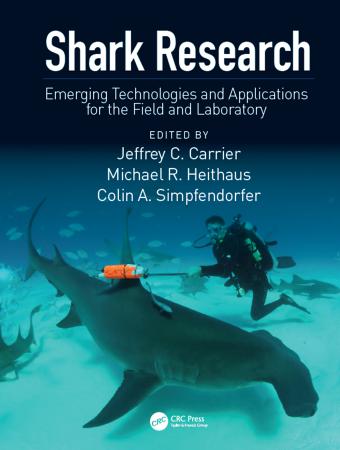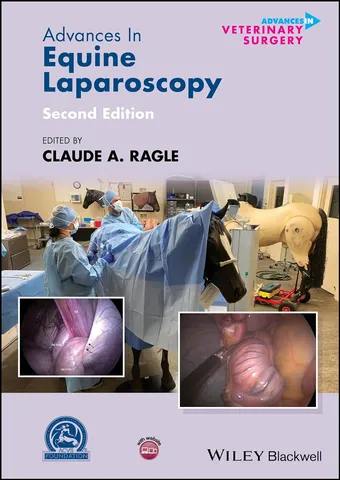Shark Research – Emerging Technologies and Applications for the Field and Laboratory
Shark Research – Emerging Technologies and Applications for the Field and Laboratory
Over the last decade, the study of shark biology has benefited from the development, refinement, and rapid
 expansion of novel techniques and advances in technology. These have given new insight into the fields of shark genetics, feeding, foraging, bioenergetics, imaging, age and growth, movement, migration, habitat preference, and habitat use. This pioneering book, written by experts in shark biology, examines technologies such as autonomous vehicle tracking, underwater video approaches, molecular genetics techniques, and accelerometry, among many others. Each detailed chapter offers new insights and promises for future studies of elasmobranch biology, provides an overview of appropriate uses of each technique, and can be readily extended to other aquatic fish and marine mammals and reptiles.
expansion of novel techniques and advances in technology. These have given new insight into the fields of shark genetics, feeding, foraging, bioenergetics, imaging, age and growth, movement, migration, habitat preference, and habitat use. This pioneering book, written by experts in shark biology, examines technologies such as autonomous vehicle tracking, underwater video approaches, molecular genetics techniques, and accelerometry, among many others. Each detailed chapter offers new insights and promises for future studies of elasmobranch biology, provides an overview of appropriate uses of each technique, and can be readily extended to other aquatic fish and marine mammals and reptiles.
Including chapter authors who were pioneers in developing some of the technologies discussed in the book, this book serves as the first single-source reference with in-depth coverage of techniques appropriate for the laboratory and field study of sharks, skates, and rays. It concludes with a unique section on Citizen Science and its application to studies of shark biology.
This is a must-read for any marine biologist or scientist working in the field of shark biology, as well as marine biology students and graduates.
The book consists of 19 chapters, each focusing on a different research method commonly used by shark and ray researchers and each written by a team of experts from that discipline. Topics include tried-and-true research methods like ageing sharks, tracking sharks with telemetry tags, and population genetics, as well as new and emerging methods like drones and environmental DNA. There are even chapters on citizen science and social science!
The chapters start from first principles, assuming that readers know little to nothing about the subject of that chapter. Chapters summarize key background information you need to know before understanding a research method, explains how to use that research method, and walks you through case studies of how those research methods have been used. Many have photographs and diagrams showing what it looks like using those methods in the field or lab, almost all walk you through analysis of some sample data.
You won’t be an expert in a brand-new highly-technical subject after reading a chapter of a textbook, but that’s not the goal here. This book provides key background information and basic introductory explanations that graduate students will need to understand the primary literature in that discipline, filling an important gap in graduate student education. I wish there had been a book like this available when I started my Masters research!”
Direct Link For Free Membership: –
| File Size: | 67 MB | |
| Download Link: | Click Here | |
| Password: | PDFLibrary.Net (if Required) | |






